Pilea peperomioides, commonly known as the Chinese Money Plant, is a popular houseplant that belongs to the family Urticaceae. It is native to the Yunnan Province in China. The plant is known for its round, pancake-shaped leaves that grow on long, slender stems. Here are some key characteristics and care tips for the Pilea peperomioides:
Appearance:
The Chinese Money Plant has large, glossy, circular leaves with prominent veins. The leaves are typically bright green in color and have a textured surface. The plant grows in an upright manner and can reach a height of about 12 inches (30 cm) with proper care.
Propagation:
Pilea peperomioides is relatively easy to propagate. One common method is by separating the plantlets that sprout from the base of the parent plant. These small plantlets can be gently removed and planted in a separate pot to grow into new plants. Another method is through stem cuttings, where you can take a stem cutting with a few leaves attached and root it in water or soil.
Light:
Chinese Money Plants prefer bright, indirect light. They can tolerate some direct sunlight, especially during the morning or evening hours, but excessive direct sunlight can scorch their leaves. Place them near a window with filtered light or provide artificial light if needed.
Temperature:
Pilea peperomioides thrives in average room temperatures between 65-75°F (18-24°C). It is important to protect the plant from cold drafts and temperature extremes.
Watering:
Allow the top inch (2.5 cm) of soil to dry out before watering. Overwatering can lead to root rot, so it’s better to underwater than to overwater. Avoid letting the plant sit in standing water, as it prefers well-draining soil.
Humidity:
Chinese Money Plants can tolerate average humidity levels found in most homes. However, they may benefit from a slightly higher humidity level. You can increase humidity by placing the plant on a tray filled with pebbles and water or by using a humidifier.
Soil:
Use a well-draining potting mix that retains some moisture but doesn’t become overly saturated. A mix of peat moss, perlite, and a small amount of organic matter works well.
Fertilizer:
Feed the Pilea peperomioides with a balanced houseplant fertilizer diluted to half strength during the growing season (spring and summer). Reduce or stop fertilizing during the winter months when the plant is in a dormant phase.
Pruning:
Prune the plant to maintain its shape and remove any leggy or damaged stems. Regular pruning can also help encourage bushier growth.
Pests and Diseases:
Chinese Money Plants are generally resistant to pests and diseases. However, they can occasionally attract spider mites, mealybugs, or aphids. Inspect the plant regularly, and if you notice any signs of infestation, treat it promptly with an appropriate insecticidal soap or oil.
The Pilea peperomioides is a relatively low-maintenance houseplant, making it a popular choice among plant enthusiasts. With proper care and attention to its needs, it can thrive and add a touch of greenery to your indoor space.

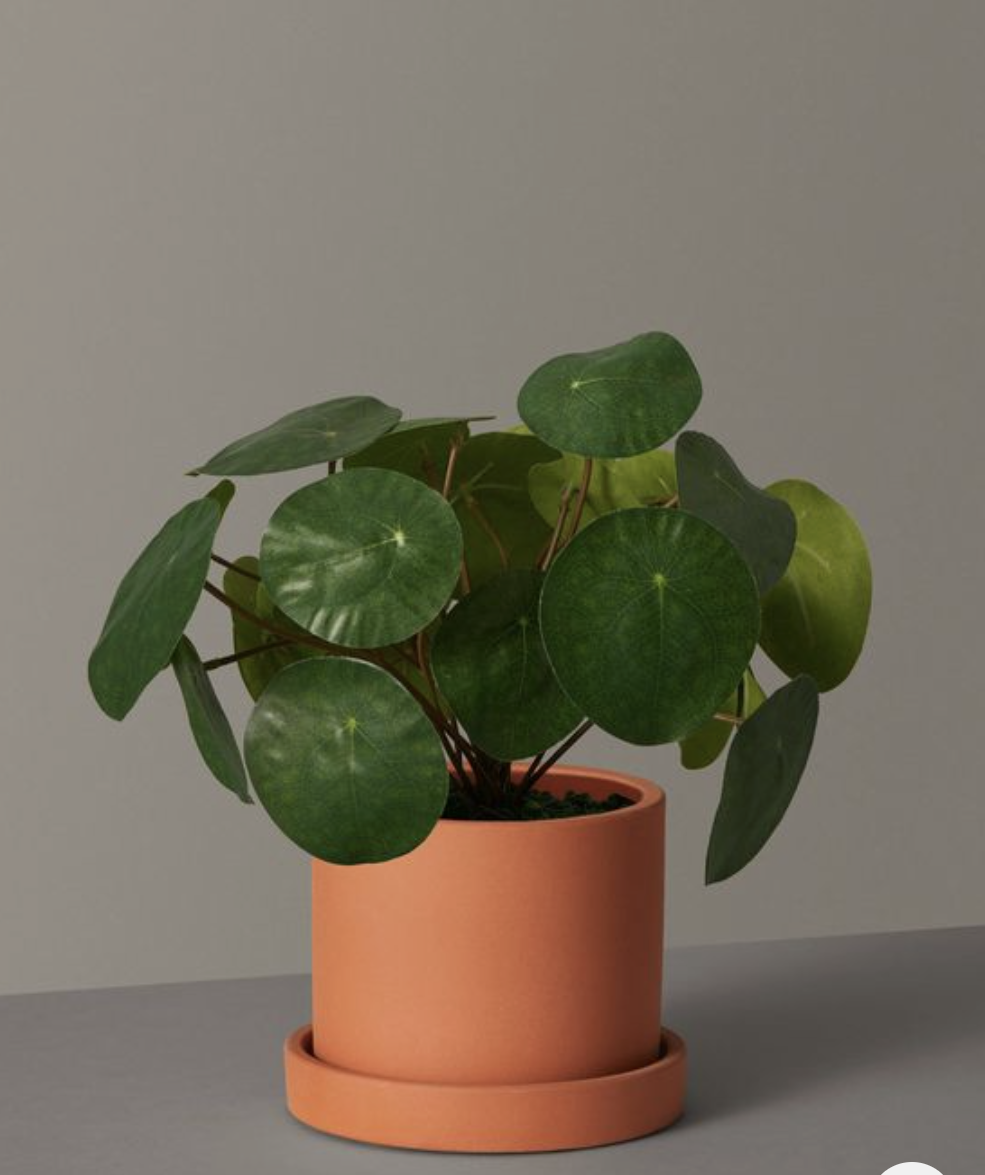
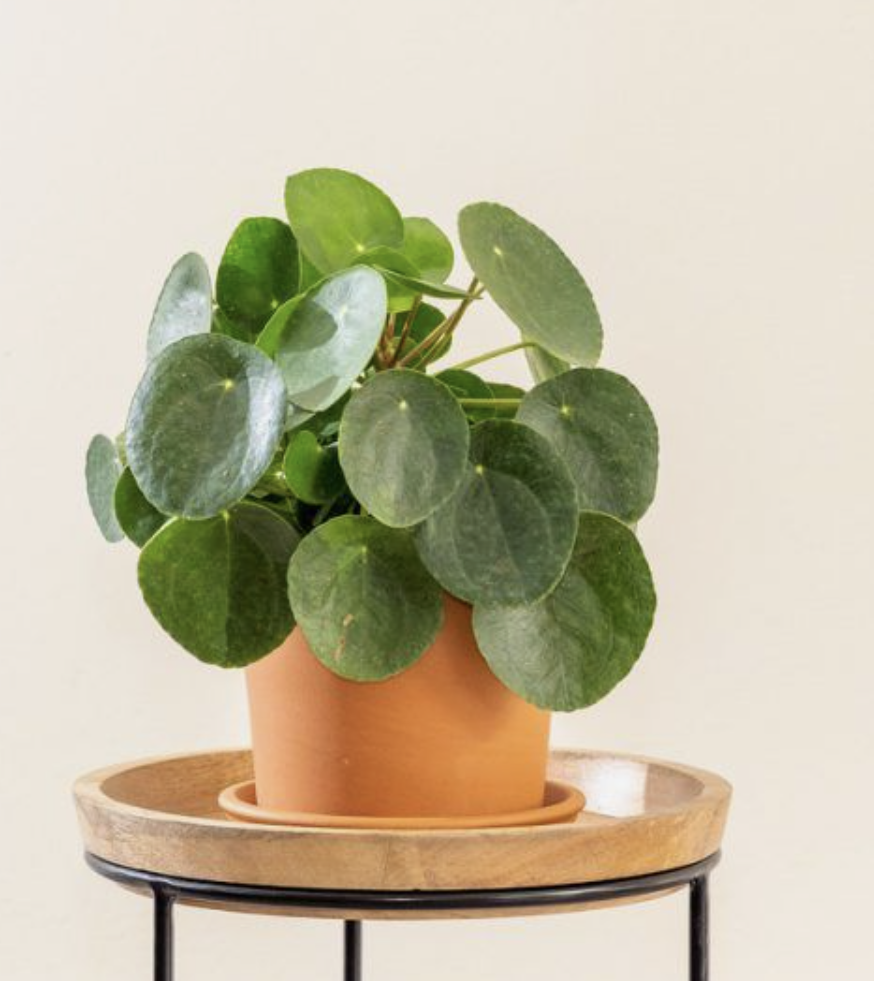
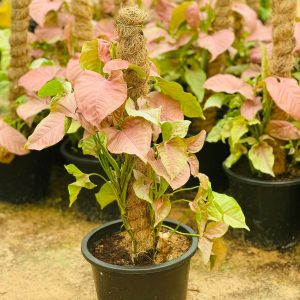
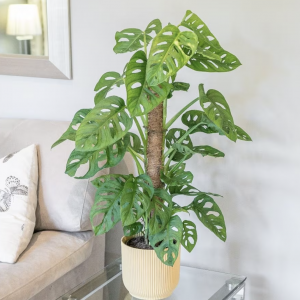
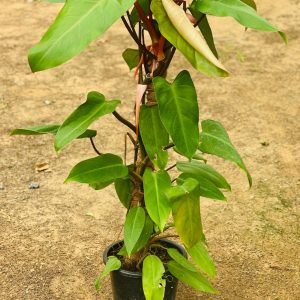
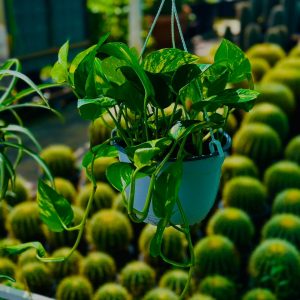
Reviews
There are no reviews yet.